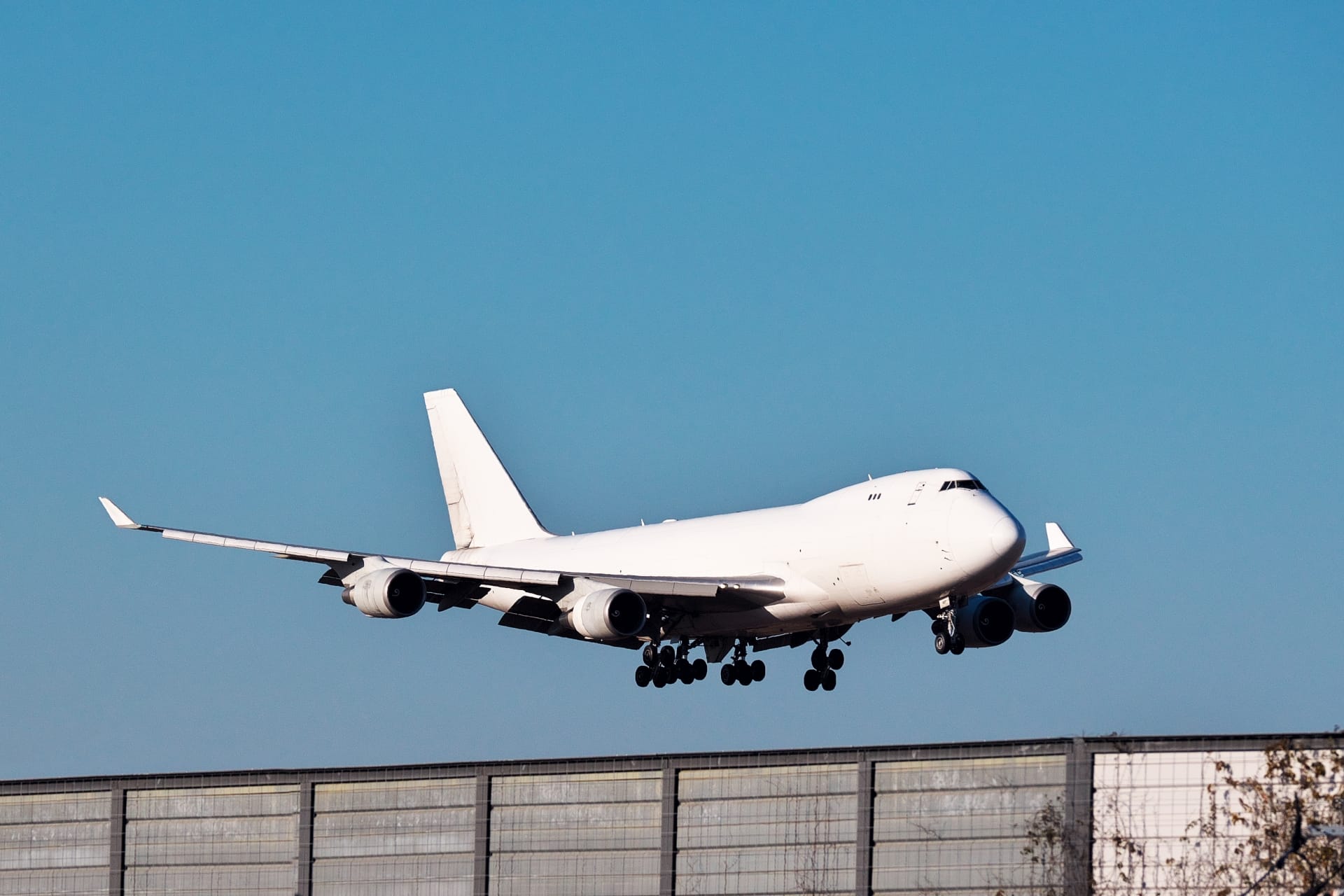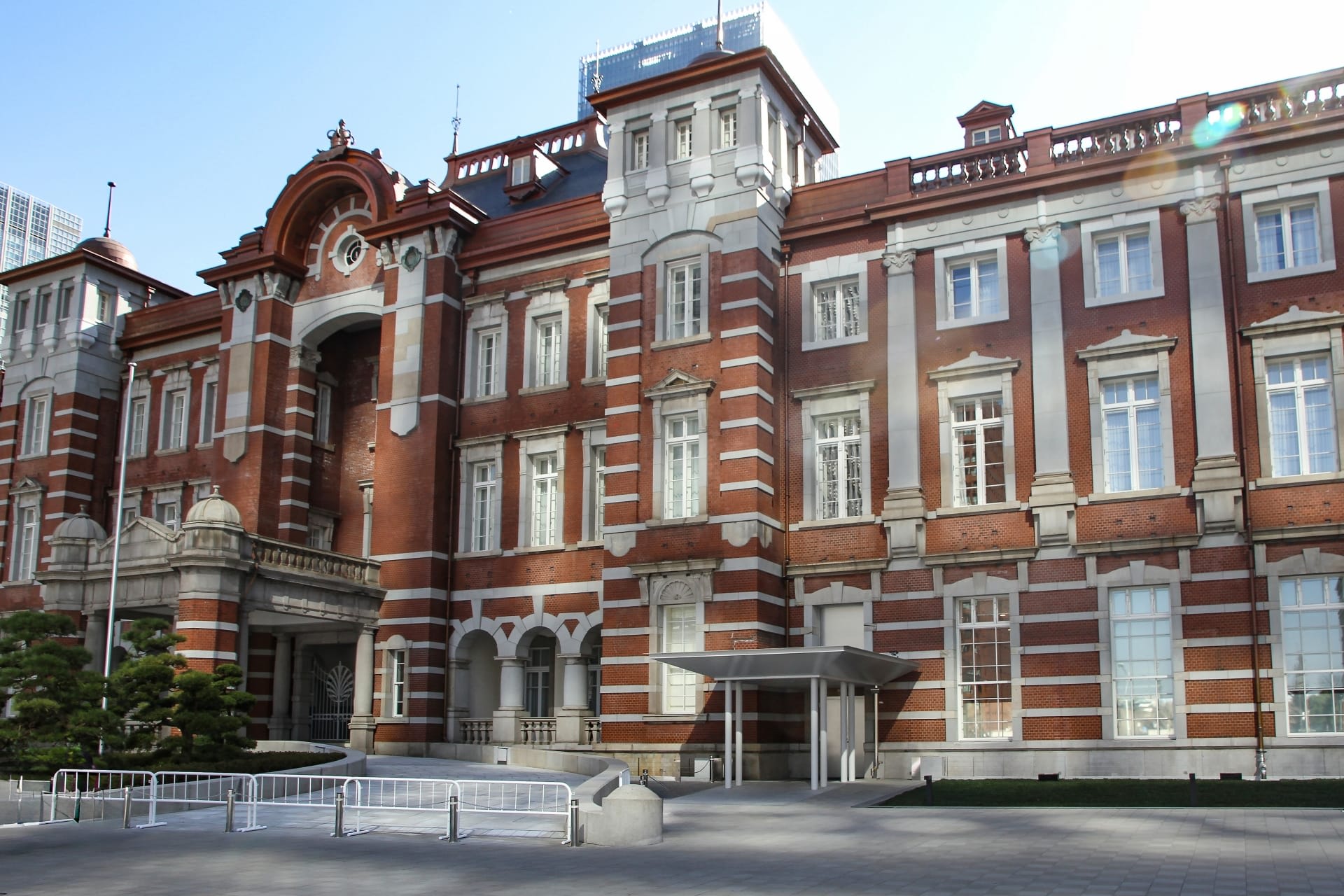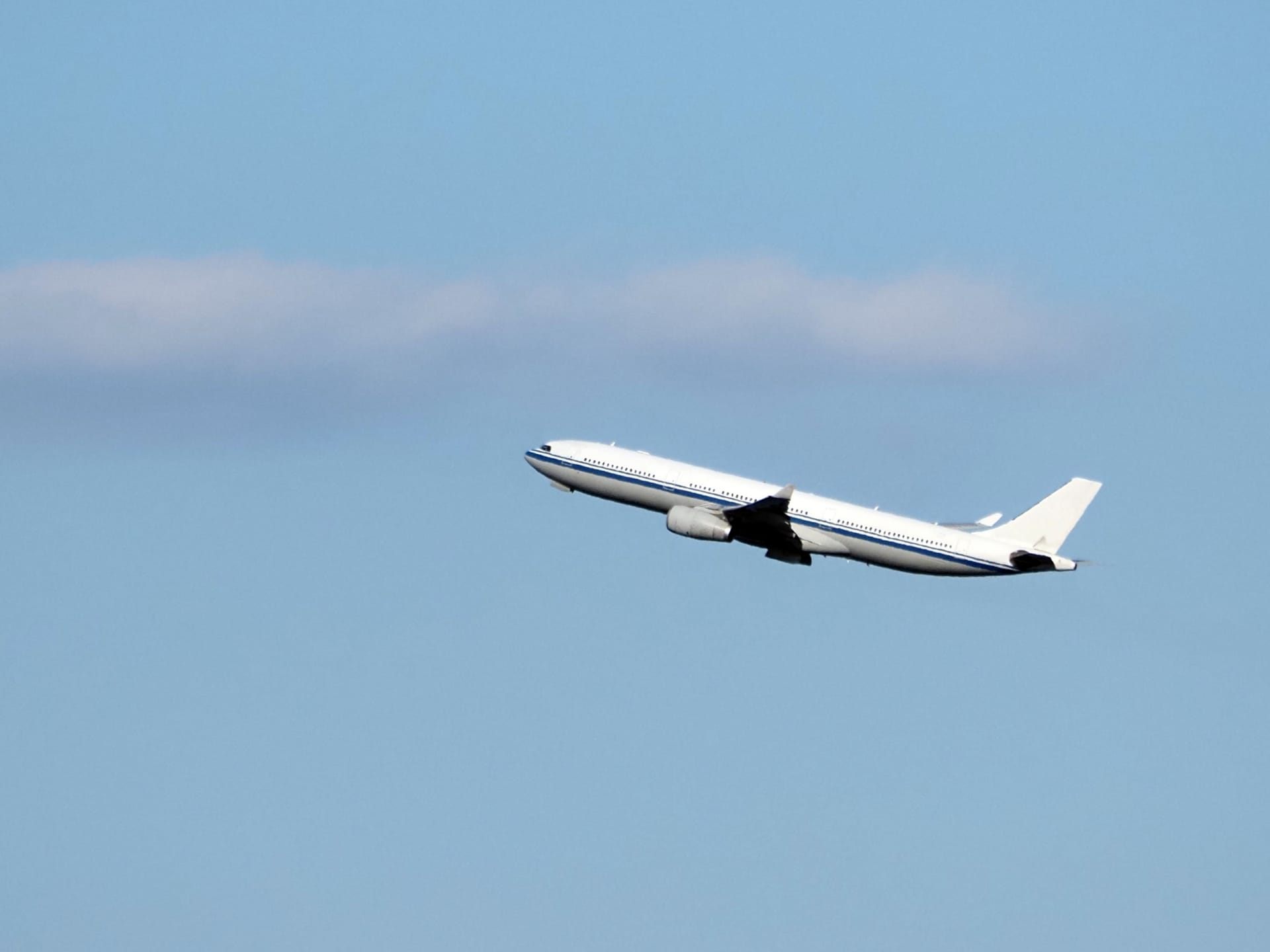Narita Airport Guide 2025: Everything You Need to Know for a Smooth Arrival and Departure
Narita Airport is an international hub airport that welcomes many foreign tourists as the gateway to Japan. While it may be a familiar sight for us Japanese, it's an important place for overseas guests as their first step in their journey to Japan.
The three terminals - Terminal 1, 2, and 3 - have flights to and from over 100 cities worldwide, with multilingual information desks and free Wi-Fi, providing services catering to travelers.
However, being about 60 kilometers away from central Tokyo, it takes time to access the city center. Especially Terminal 3 (exclusively for LCCs) is somewhat distant from the station, requiring extra effort to move. Also, in my experience, limousine buses sometimes don't arrive on schedule, so I recommend planning with ample time.
Nevertheless, there are attractive tourist spots around the airport, such as Naritasan Shinshoji Temple and Sawara's Little Edo, where you can experience traditional Japanese culture before heading to central Tokyo.
In this article, I'll introduce detailed information to support smooth arrivals and departures for travelers who may feel anxious in a foreign land.
Table of Contents
・Basic Information about Narita Airport
・Terminal Guide for Narita Airport
・Access Methods from Narita Airport to Various Locations
・Recommended Tourist Spots Around Narita Airport
・Frequently Asked Questions
Basic Information about Narita Airport

Narita International Airport is an important hub handling many international flights as Japan's aerial gateway. When I first traveled abroad, I also departed from this vast airport. Narita Airport functions as Japan's largest international hub directly connecting to over 100 cities worldwide as Tokyo's main international airport.
The airport is divided into three terminals - Terminal 1, 2, and 3, each handling flights from different airlines. Which terminal you use depends on the airline you've booked, so prior confirmation is necessary.
Consideration for foreign tourists is thorough, with signage throughout the building not only in Japanese but also in multiple languages including English, Chinese, and Korean. Also, multilingual staff are stationed at information counters, ready to assist kindly.
Particularly convenient is the free Wi-Fi service available throughout the airport. By simply connecting to "Narita Airport Free Wi-Fi", you can access the internet from your smartphone or tablet. From the moment you arrive in Japan, you can report your safe arrival to family and friends, and use map apps or translation apps.
Terminal Guide for Narita Airport
Narita International Airport is divided into three terminals, each with its own characteristics. Here, I'll introduce detailed information about each terminal, including facilities and services. Check which terminal you'll be using before your flight and make effective use of your time at the airport.
Terminal 1 (North & South Wing)
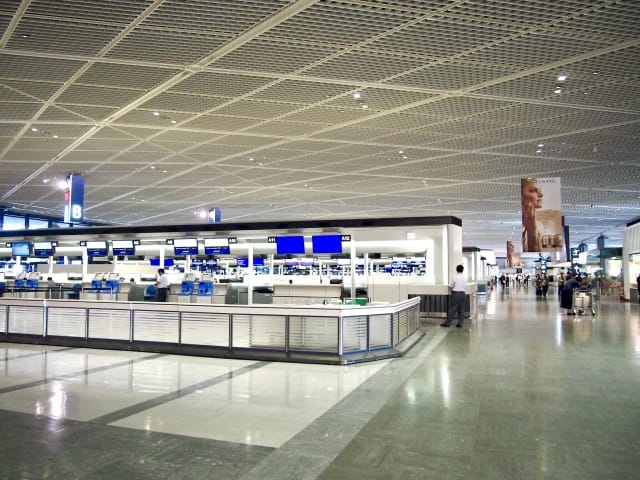
Terminal 1 is mainly used by Japan Airlines (JAL) and Star Alliance airlines. It's divided into North and South Wings, handling both international and domestic flights. I often use it for business trips abroad, and I find the facilities well-equipped and comfortable.
The shopping area is particularly noteworthy, with duty-free shops offering a wide range of products from brand items to cosmetics and electronics. It's perfect for last-minute shopping before departure or souvenir shopping upon return.
Dining facilities are also plentiful, ranging from authentic sushi, tempura, and ramen to cafes and fast food, offering various options.
For business travelers, the lounges scattered throughout are convenient. There are lounges for airline premium members and business class or higher passengers, as well as lounges accessible with Priority Pass, allowing for a comfortable waiting time.
What's pleasing for travelers from abroad is the abundance of currency exchange offices and ATMs. Exchange from major international currencies to Japanese yen is possible, smoothly supporting the start of your trip.
Terminal 2
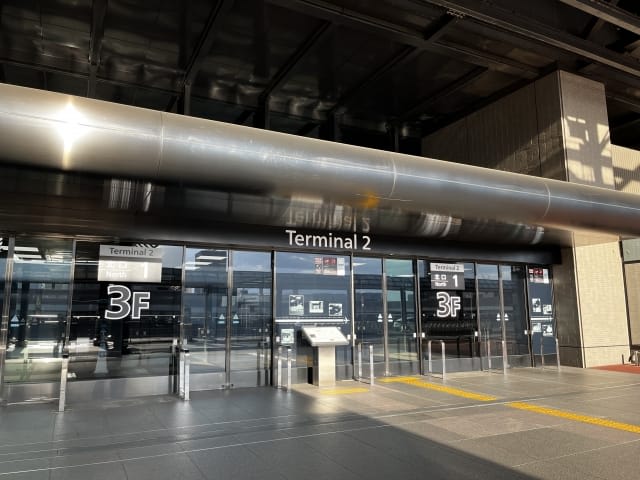
Terminal 2 is mainly used by All Nippon Airways (ANA) and oneworld alliance airlines. Like Terminal 1, it handles both international and domestic flights. When I used it, I felt the overall atmosphere was calmer and slightly quieter than Terminal 1.
In terms of transportation access, it's very convenient to central Tokyo with Narita Express and limousine bus stops nearby. Especially, the JR Narita Express station is just a few minutes' walk away, making it easy to move even with suitcases.
Terminal 3 (LCC Exclusive)

Terminal 3 is a relatively new terminal that opened in 2015, exclusively for low-cost carriers (LCCs) such as Jetstar and Peach. I often use it for budget travel, and I find it has simple yet sufficient facilities.
Although smaller in scale compared to other terminals, its simple structure makes it less confusing and allows for smooth movement. Especially, the flow from check-in to boarding gates is designed to be easy to understand, so even first-time users can use it with peace of mind.
Dining facilities are centered around a food court, with many restaurants offering meals at reasonable prices. Some shops are open from early morning to late night, so you won't have trouble finding meals regardless of your flight time.
One drawback of Terminal 3 is that it's somewhat distant from JR and Keisei Electric Railway stations. However, a free shuttle bus operates between the station and Terminal 3 at about 10-minute intervals, so it's not too inconvenient. The shuttle bus also connects to Terminals 1 and 2, making inter-terminal movement easy.
Due to the nature of LCCs, services are kept to a minimum, but basic facilities such as free Wi-Fi, ATMs, and currency exchange offices are well-equipped. For those who want to travel efficiently while keeping costs down, Terminal 3 is an ideal choice.
Access Methods from Narita Airport to Various Locations
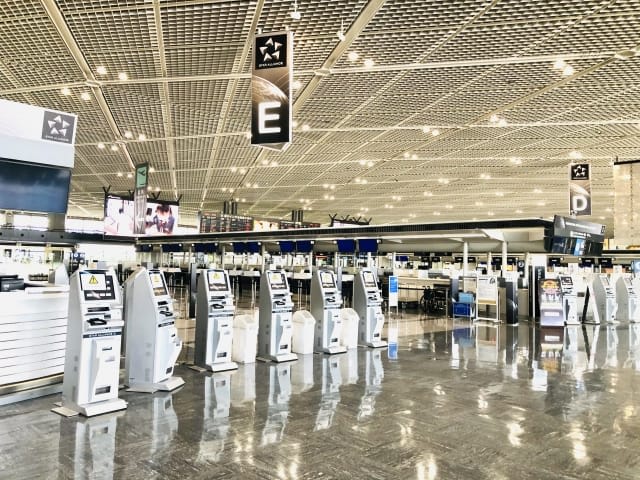
Narita Airport is located about 60 kilometers away from central Tokyo, so it's important to understand the access methods to your destination in advance. There are various transportation options including trains, buses, taxis, and rental cars, so choose the optimal method of travel based on your budget, required time, and amount of luggage. I'll introduce the characteristics of each, including my own experiences.
Travel by Train
Trains are a popular means of transportation, especially to the city center, as they run on schedule without worrying about traffic jams. There are mainly three railway lines available from Narita Airport.
The Narita Express (N'EX) is a limited express train operated by JR East, taking about 60 minutes to Tokyo Station and running directly to major stations like Shinjuku and Shibuya. I often use it for business trips, and I find its charm in the spacious and comfortable seats, with space secured for large luggage, making it less tiring even for long-distance travel.
The Keisei Skyliner is a speed-focused limited express train that reaches Ueno Station in as fast as 40 minutes. You can transfer to the Yamanote Line at Nippori Station, making it convenient for accessing various parts of the city. The interior is quiet and clean, with Wi-Fi available. I especially recommend it for those who want to save time.
On the other hand, the regular and rapid trains on the Keisei Main Line have the greatest appeal of low fares. However, with many stops, it takes over 70 minutes to Tokyo Station, so it's suitable for those with ample time or those who want to keep their budget down. You can also enjoy getting off at intermediate stations for sightseeing.
Travel by Bus
The Airport Limousine Bus is a convenient means of transportation that directly connects Narita Airport to many destinations including major hotels in Tokyo, Yokohama, and Disney Resort. The big advantage is that you can move directly to near your destination without needing to transfer trains.
However, in my experience, it sometimes doesn't arrive on schedule due to factors like highway traffic jams. Especially during morning and evening commute hours and holidays, traffic jams are likely to occur, so I recommend planning a schedule with ample time if you have connections.
Fares are set at about the same or slightly higher than trains, depending on the destination. The seats are spacious, and you can check in large luggage, making it convenient for those with a lot of baggage.
Taxi and Rental Car
Taxis are the most flexible means of transportation, but accordingly, the fare is high. From Narita Airport to Tokyo Station, it costs about 20,000 yen, and to Shinjuku or Shibuya areas, it's even higher at about 25,000 yen. Although expensive, it's worth considering if you're traveling in a group or want to go directly to a specific destination.
Recently, ride-hailing apps like Uber, DiDi, and GO have become popular, and through these apps, you can choose drivers who can communicate in English. It's reassuring for foreign tourists as you can know the destination and fare in advance without language anxiety.
Rental cars are convenient for those who want to enjoy flexible sightseeing or those heading directly to regional cities from Narita Airport. However, an international driving permit is necessary, and caution is needed for those unfamiliar with Japanese traffic rules and left-side driving.
There are counters for multiple car rental companies within the airport, and making a reservation in advance makes the process smoother. Navigation systems also support English display, so you can be assured of finding your way to your destination.
Recommended Tourist Spots Around Narita Airport
Narita Airport is not just a transit point; there are attractive tourist spots scattered around its vicinity. If you have time during a layover or want to experience traditional aspects of Japan before heading to central Tokyo, I highly recommend visiting these spots.
Naritasan Shinshoji Temple
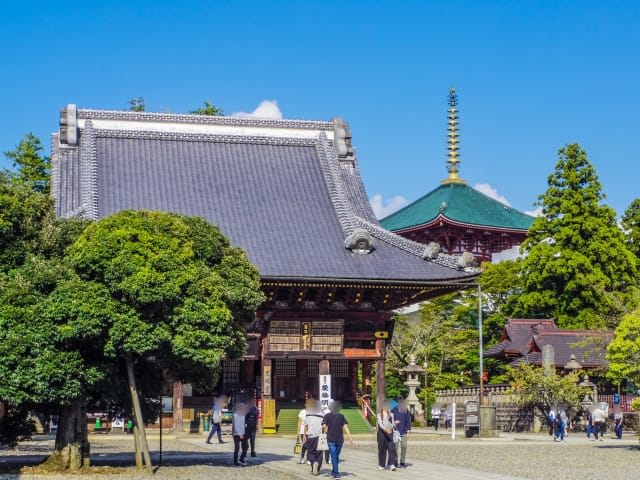
Naritasan Shinshoji Temple is a historic temple located about 40 minutes by train and on foot from Narita Airport. With over 1000 years of history, it enshrines Fudo Myoo, known as the deity of prosperous business. I visit every year for New Year's prayers and to pray for my family's health; it's a temple very familiar to local people.
On the vast grounds, there's a majestic main hall and a three-storied pagoda, where you can enjoy traditional Japanese temple architecture. The main hall, in particular, is impressive, with magnificent sculptures and decorations inside. As you walk through the temple grounds, feeling the scent of incense and hearing the sound of bells, you'll truly feel that you've come to Japan.
Furthermore, various traditional events are held throughout the year. New Year's visit in January, Setsubun festival in February, spring and autumn grand festivals, and the most impressive is the fire-walking festival in summer. The sight of monks walking barefoot over burning embers is breathtaking, and afterwards, general worshippers can also experience fire-walking. If you're lucky enough to visit during these events, you can immerse yourself deeply in Japanese traditional culture.
Little Edo of Sawara (Katori City, Chiba Prefecture)
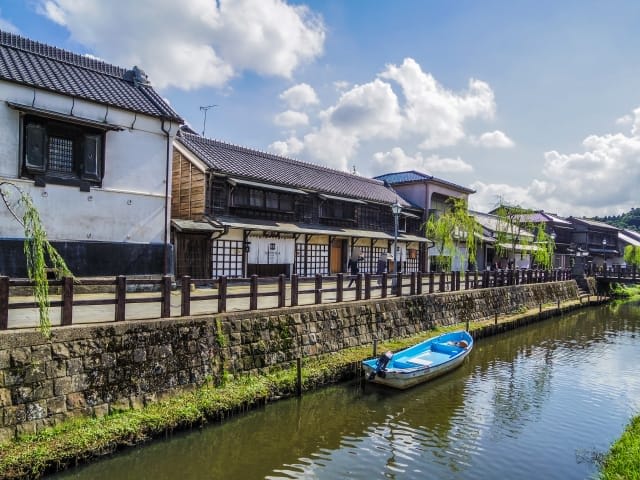
Sawara, also called "Little Edo of Hokuso," is a historic town where the townscape of Edo period merchant houses still remains. It's about an hour and a half by train from Narita Airport, which is a bit of a distance, but I absolutely recommend it for those who want to experience the real atmosphere of Edo. As a photography enthusiast, I've visited many times, and beautiful scenery that looks good in any frame spreads out everywhere.
Along the Ono River flowing through the center of Sawara, merchant houses built from the Edo to Meiji periods line up. The townscape with black lattice windows, white-walled storehouses, and namako walls strongly retains the atmosphere of that time, giving you a feeling as if you've time-slipped.
To savor the charm of Sawara more deeply, I recommend a boat ride on the Ono River. When you slowly view the townscape from a small Japanese boat on the river, you can enjoy the beauty of Sawara from a different perspective than usual.
Frequently Asked Questions
I'll answer in detail the questions frequently asked by travelers from overseas using Narita Airport, including my own experiences.
Can I use Wi-Fi at Narita Airport?
Yes, free Wi-Fi is available at Narita Airport. Select the SSID "Narita Airport Free Wi-Fi" to connect. A simple registration is required when connecting, but no special password is needed. I often use it when returning from overseas trips before switching back to my Japanese SIM card, and I find stable connections are available in any area of the airport.
The speed of the free Wi-Fi is sufficiently fast for checking emails, updating social media, and using map apps. However, it may not be suitable for watching high-volume videos or downloading large data. There's no time limit on the connection, and it's available throughout your stay at the airport. Also, there are numerous charging spots in each terminal, so you don't need to worry about your device's battery running out.
How do I get from Narita Airport to Tokyo Disney Resort?
There are mainly two routes from Narita Airport to Tokyo Disney Resort: by train and by bus. I've used both routes many times, and each has its own characteristics, so it's good to choose based on your situation.
If you're using the train, first take the JR line to "Tokyo Station", then transfer to the JR Keiyo Line and head for "Maihama Station". Including transfers, it takes about 1 hour and 30 minutes. The transfer at Tokyo Station might be a bit confusing, but if you follow the signs in the station, you shouldn't have any problems.
The easier route is using the limousine bus. It runs directly from Narita Airport to Disney Resort, saving you the trouble of transfers, which is especially convenient if you have large luggage. The travel time depends on traffic conditions, but it's about 1 hour to 1 hour and 30 minutes.
However, in my experience, especially during morning and evening hours and on weekends, you often get caught in highway traffic jams, and sometimes it doesn't arrive on schedule. I recommend planning with plenty of time to spare.
There's also the option of using a taxi. The fare is quite high, about 15,000 to 20,000 yen, but it's a convenient option for groups or families with lots of luggage. It's door-to-door transportation, so it's less physically demanding.
Can I purchase SIM cards or eSIMs at Narita Airport?
Yes, there are several specialized shops selling SIM cards within Narita Airport. In the arrival lobbies of Terminals 1 and 2, there are counters like "JAL ABC" and "Telecom Square" that handle SIM cards from various telecommunications providers. I often guide my friends from overseas, and all the stores provide service in English, making purchases smooth.
Recently, eSIMs have also become popular, and these can be purchased at the airport as well. They're particularly convenient for those using the latest iPhones or Android smartphones. You don't need to physically replace a SIM card; setup is completed just by scanning a QR code.
Narita International Airport, as the gateway to Japan for many travelers, is an international airport equipped with various services and facilities. Each of the three terminals has its own characteristics, and the terminal you arrive at or depart from differs depending on the airline you use, so prior confirmation is important.
There are multiple options for accessing central Tokyo and major tourist spots from the airport, including trains, buses, and taxis. Choose the optimal means of transportation considering your budget, time, and amount of luggage. Especially, the limousine bus is a convenient means of transportation that provides direct access to destinations, but I recommend planning your schedule with ample time.
Also, there are attractive tourist spots around Narita Airport, such as Naritasan Shinshoji Temple and the Little Edo of Sawara. It might be a good idea to experience Japanese traditional culture and historical townscapes at these places before heading to central Tokyo.
I hope this information helps you have a smooth arrival and departure at Narita Airport, and enjoy a fulfilling stay in Japan!
